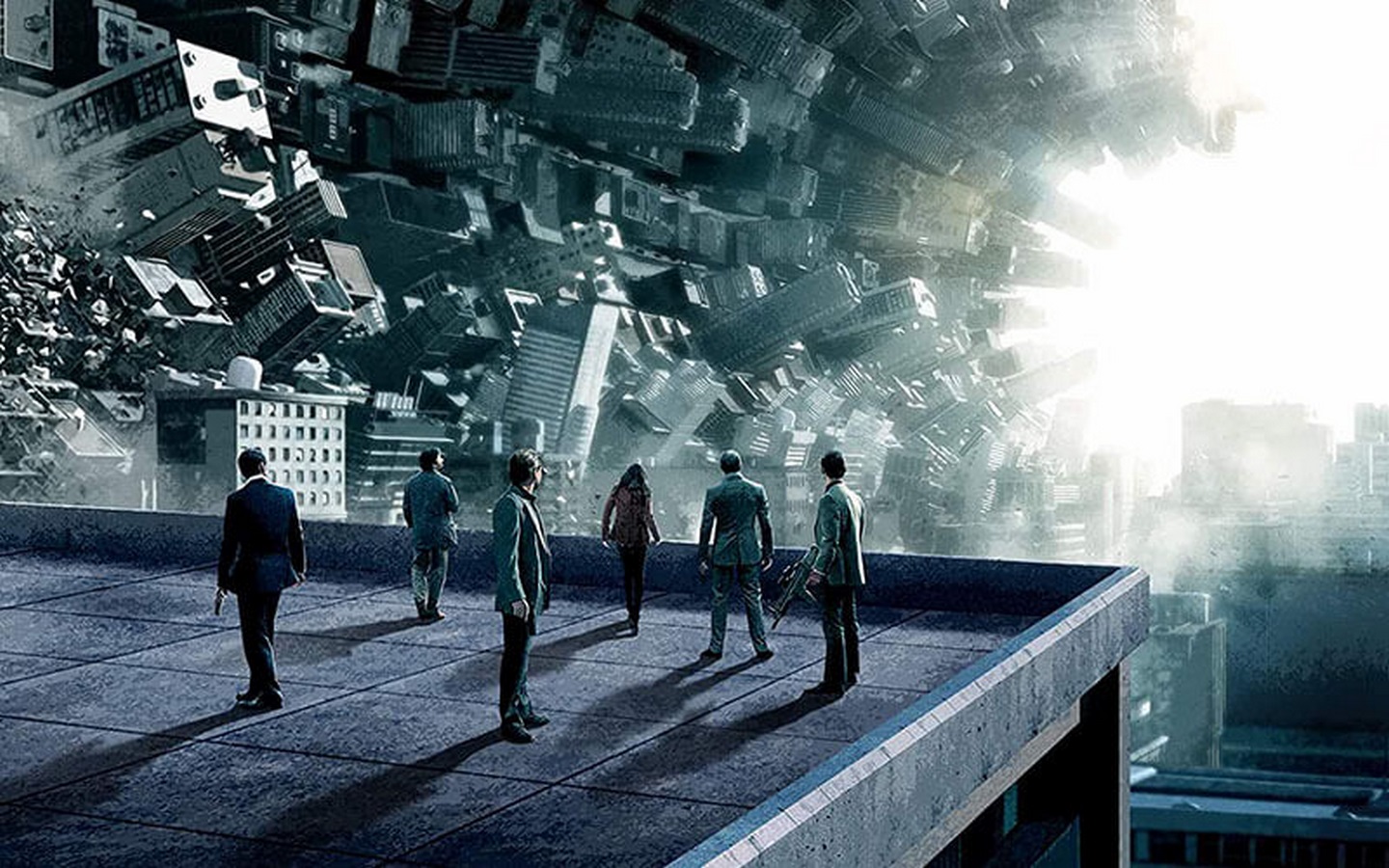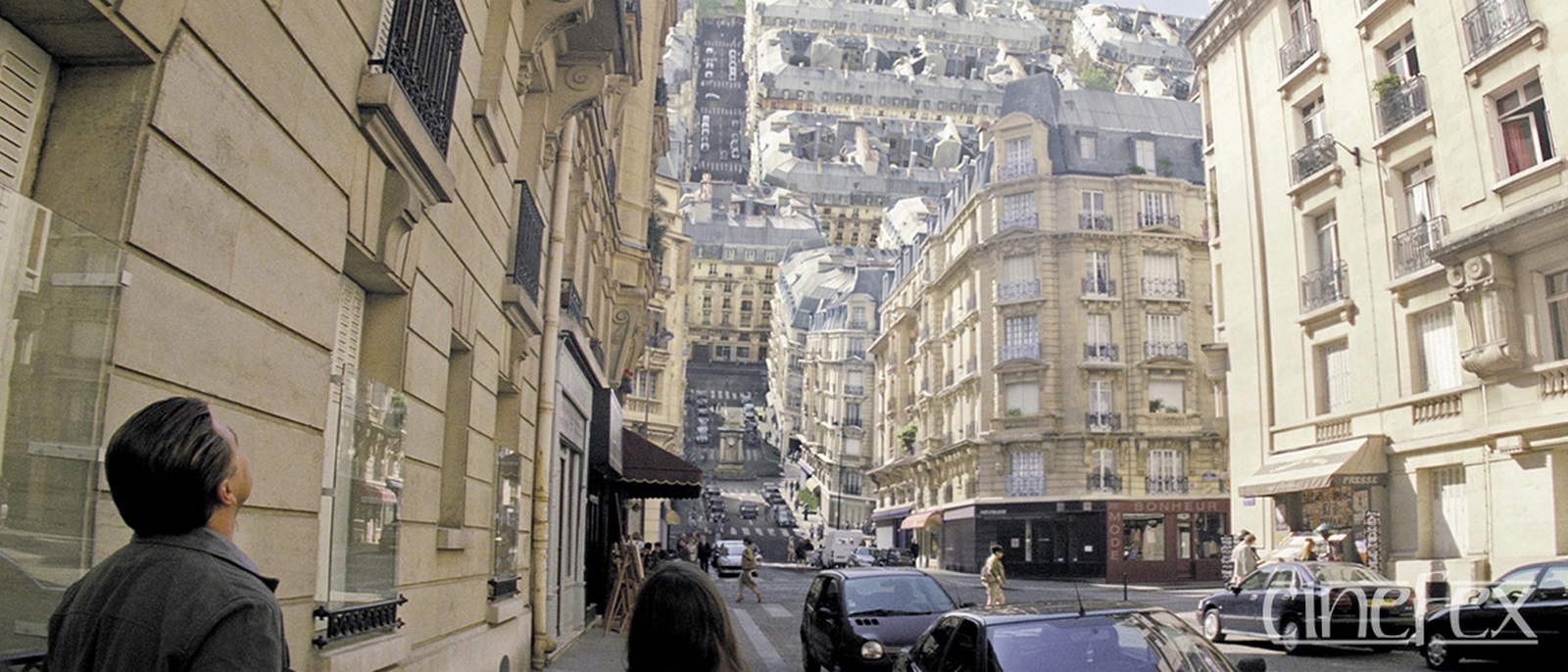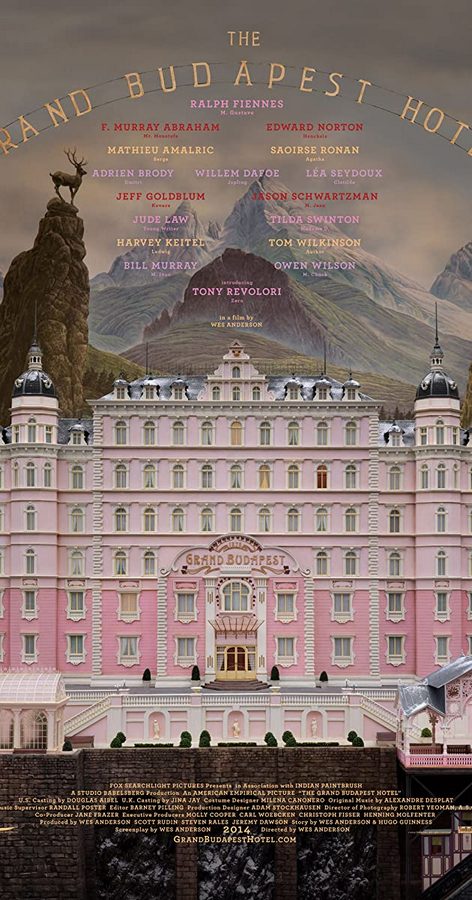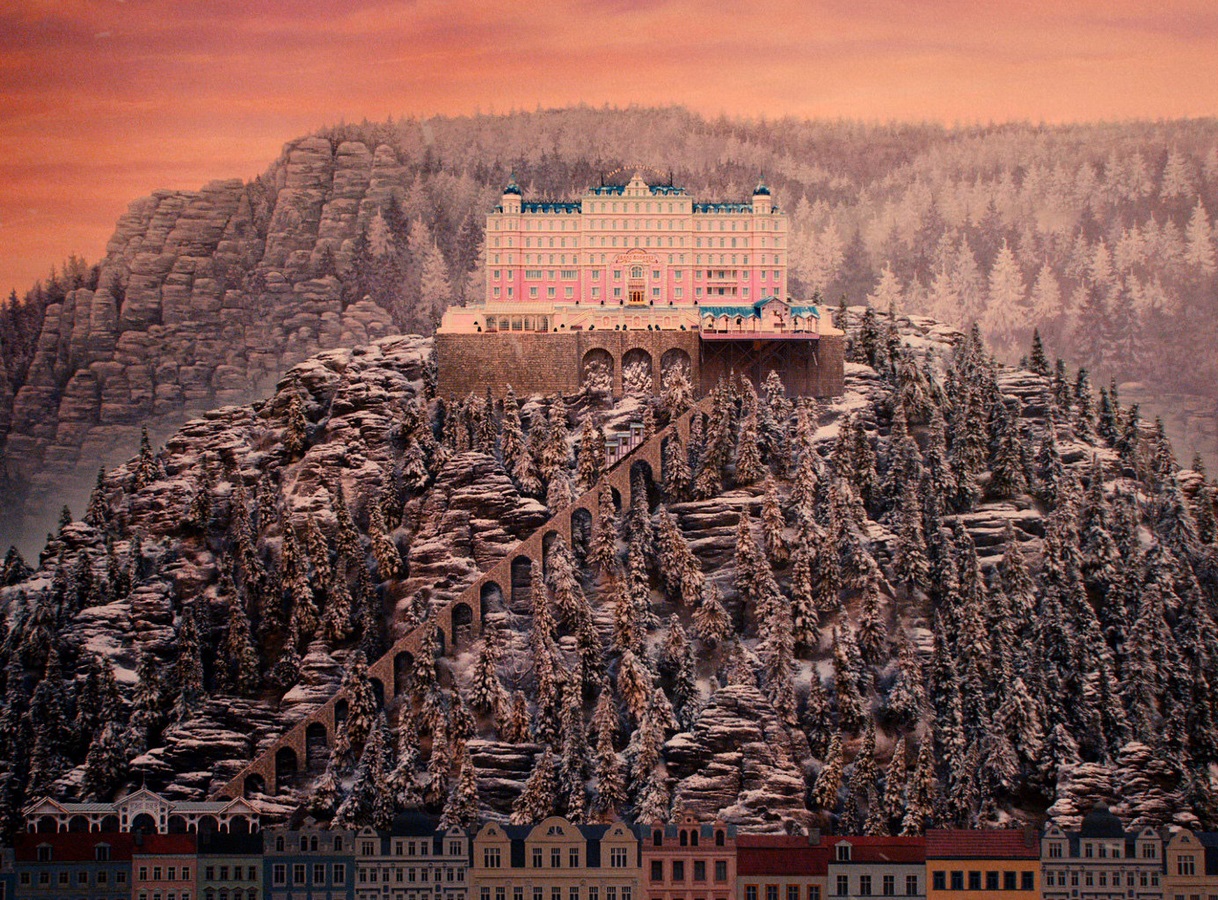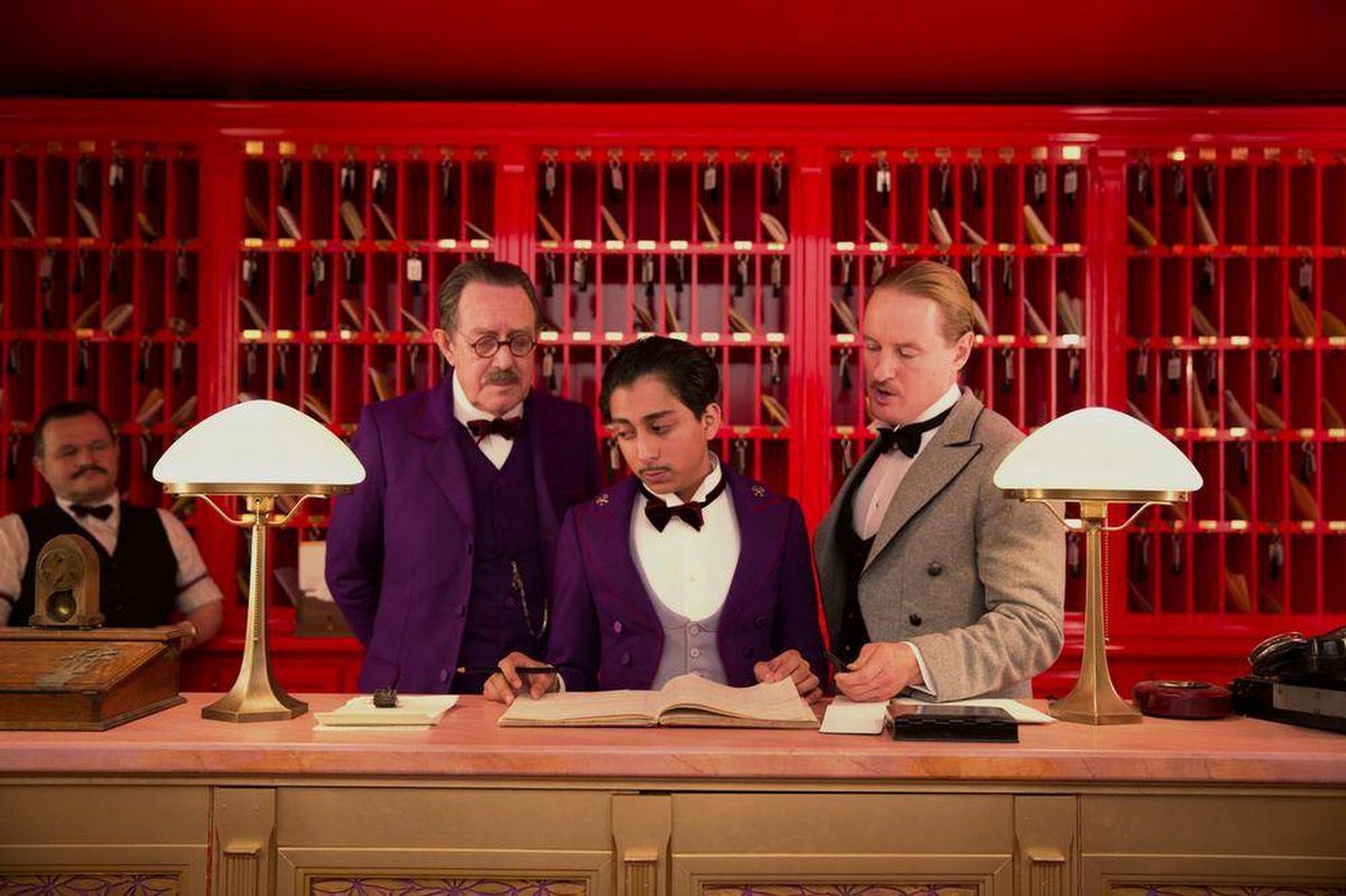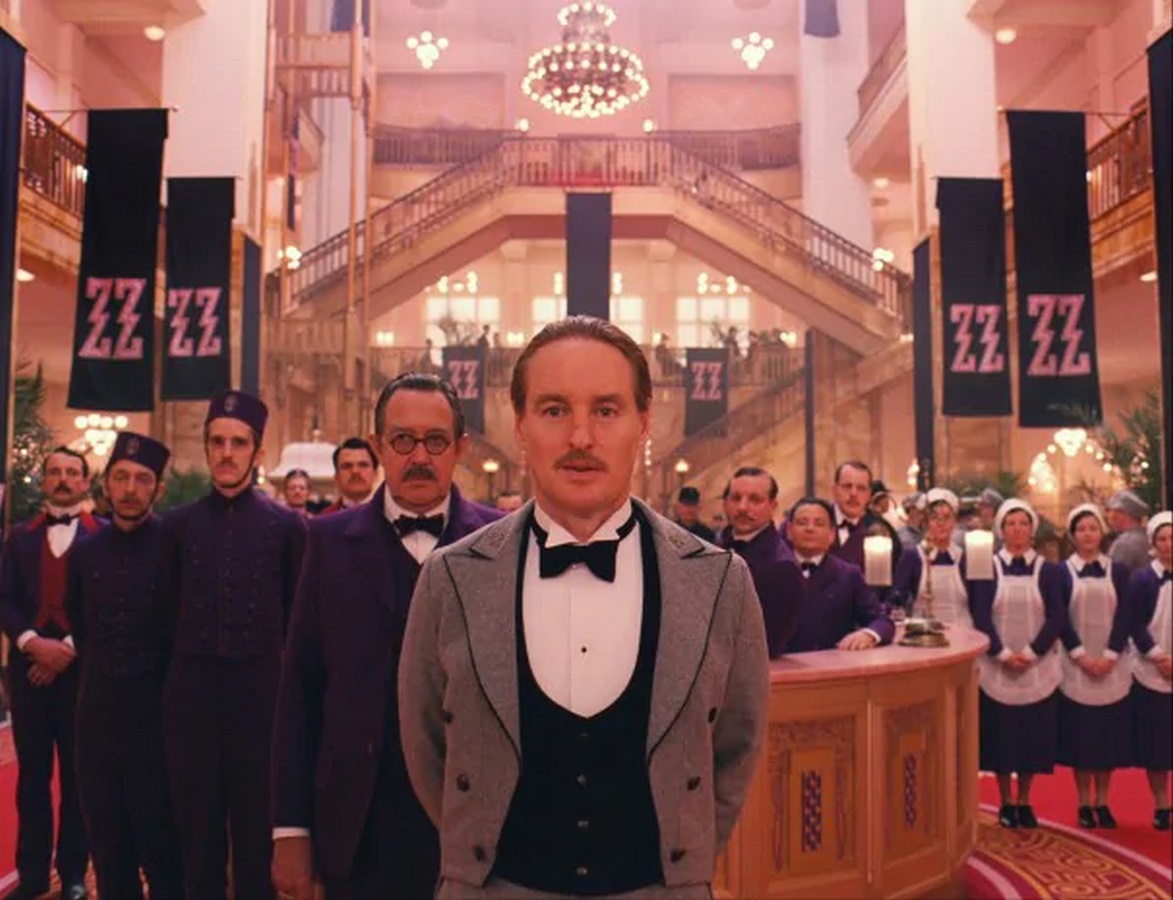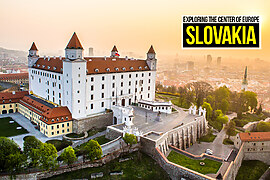It’s hard to picture a movie taking place in a vacuum. Without a scene to fill every storyline, we can’t be transported away from our life to the cinematic universe, we’re immersed in.Throughout the list of ways of making films, we can add another: filmmaking with architecture. The essential architecture of cinematic expression and the stunning visual nature of architectural experience plays an important role in how the viewers perceive the cinema.
Architecture and cinema are two forms of art. As far as the development of these two distinct “art forms” is concerned, both are realised by a team of professionals and assistants as a culmination of a collaborative effort.
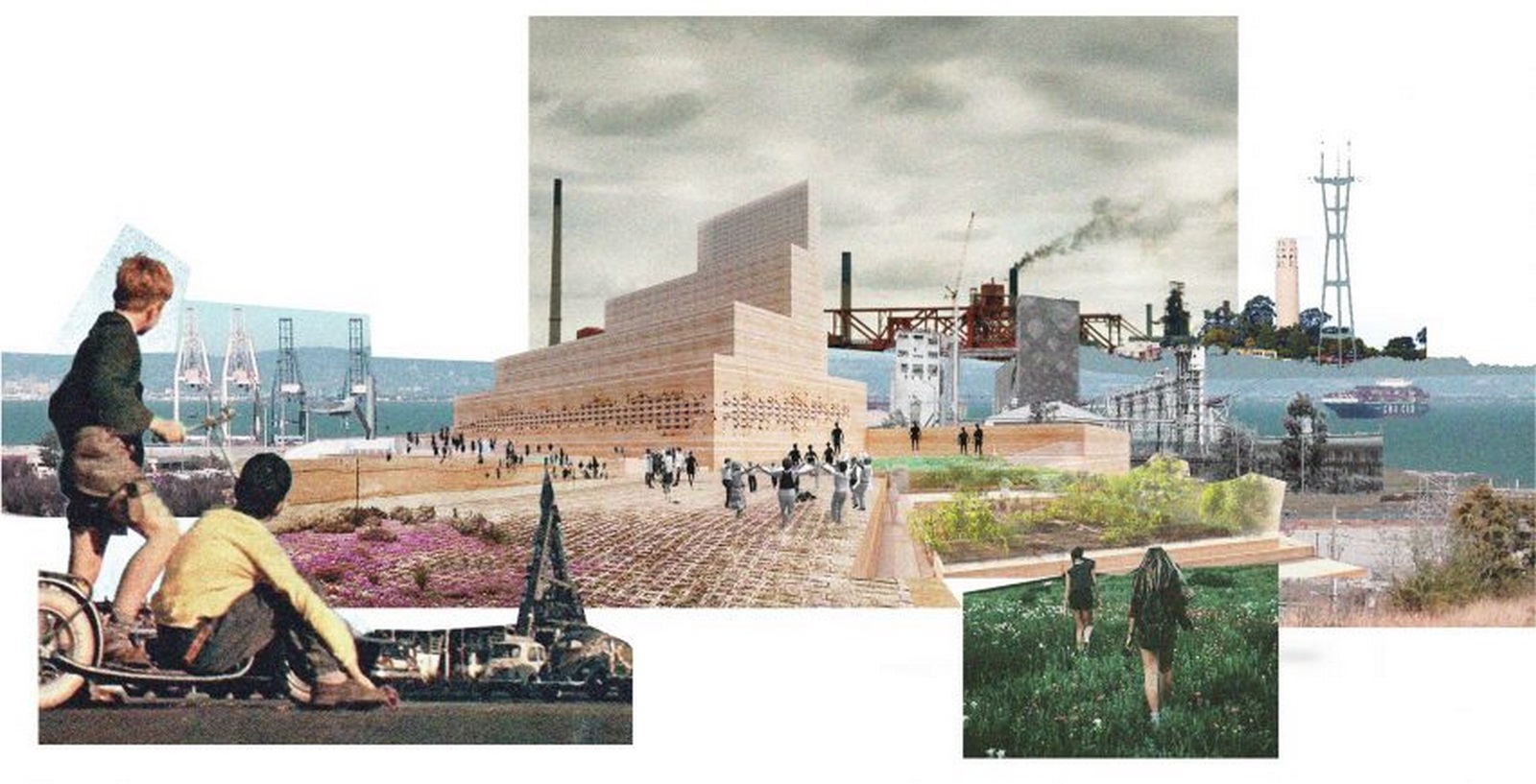
A film will capture and convey concepts to the viewing population that might otherwise remain within the global industry. The relationship between film and architecture enables us to focus on the significance of architecture as an important component in any creation involving space, time and people. By showcasing films on architecture, urban and environmental issues, people are exposed to new images that can change their views faster than their realities in their lifetimes. In particular, location and construction play a very important role in movies. Buildings and architecture help the characterisation of film production. It makes it easier to understand the complexities of the plot of the film.
Cinematic urban space is a key element in the study of cinema-generated imaginary cities, as it creates symbols and images or emblematic circumstances that are expressed in the lives of the residents and their spatial configuration. In this way, the fictional cities of cinema can only be mapped intuitively, far from the normal realism that architects are used to dealing with. Architectural design is much more than just scenography, as it creates the correlation between time, space and man. There is also talk of plot geography, where the main character is the setting. Thanks to the pre-conceived images, urban icons have the ability to synthesise the spatial experience of the film, because there is already some emotional appropriation between them and the audience. The town appears, then, as a psychological extension.
From an individual’s perspective, cinema becomes an instrument that exposes a new and fascinating dimension of urban centres: the city of representations, the fake, the manifestation, where what something does not seem to be and what it appears to be is not, in a dynamic game of ambition and anger, of dream and truth. In a more approximate description, we are talking about a virtual living space. The need for true expression and experience exposes the overlap between reality and the imagination created by the ideology of imagery fostered by today’s society.
In a more approximate description, we are talking about a virtual living space. The need for true expression and experience exposes the overlap between reality and the imagination created by the ideology of imagery fostered by today’s society. Movie spaces may sometimes express narrative perceptions to audiences as deeply as those communicated by characters. Audiences grasp a sense of desperation in a dystopian futuristic city, a senseless effort, an eventful adventure, or loneliness. By viewing these spaces on the screen, one might see the feeling of being there without actually visiting these locations. These film images represent architectural forms, packed with interactions that draw on emotions that we deeply connect with, as we follow the characters who are journeying into these worlds.
Buildings and cities can influence our emotions and well-being, and that specialised cells in the hippocampal region of our brains are associated with the geometry and layout of the spaces in which we work. Simply put, architecture is the nature of our external world. Whether in one of the largest cities in the world or its smallest towns, the architecture of the places we live, work and play become a backdrop for the complex experiences of life. The task of the architect is to exploit these environments, using imagination and extensive knowledge base to create different tectonic and spatial qualities: to set the tone for our personal life stories.
In movie production, the role of the architect becomes the responsibility of the set designer and our personal experiences are replaced by collective ideologies of society. Set design is one of those moments of interaction between both the architect and the filmmaker. Allowing a lot more control over shooting conditions sets up built-in closed studios to rule out the possibility of getting rid of climate-related restrictions, lighting and eventual setbacks that could arise while shooting in “actual” environments. Many filmmakers have heavily used sets to create spaces of suspense and terror in their productions.
Much as architecture uses built form to set the tone and to reflect the notions of identity and place, the set design uses the setting in which the storey unfolds as a tool for conveying mood and interpreting context within a specific narrative.
Cinematic architecture evokes and sustains unique states of mind; The architecture of film is the nature of the specific film narrative and the purpose of the maker. Space and architectural imagery are the amplifiers of unique emotions. Wes Anderson’s “Grand Budapest Hotel” and Christopher Nolan’s “Inception” are two great movies each with a special style of architecture. But these films do not fail to demonstrate and make the audience experience fear, agony, suspense, boredom, loneliness, melancholy, happiness or ecstasy, all of them using both interior and exterior architecture.
Architecture & film generates a subversive consciousness that allows people to envision the unlikely, to discover what was lost and to re-imagine our urban future.
